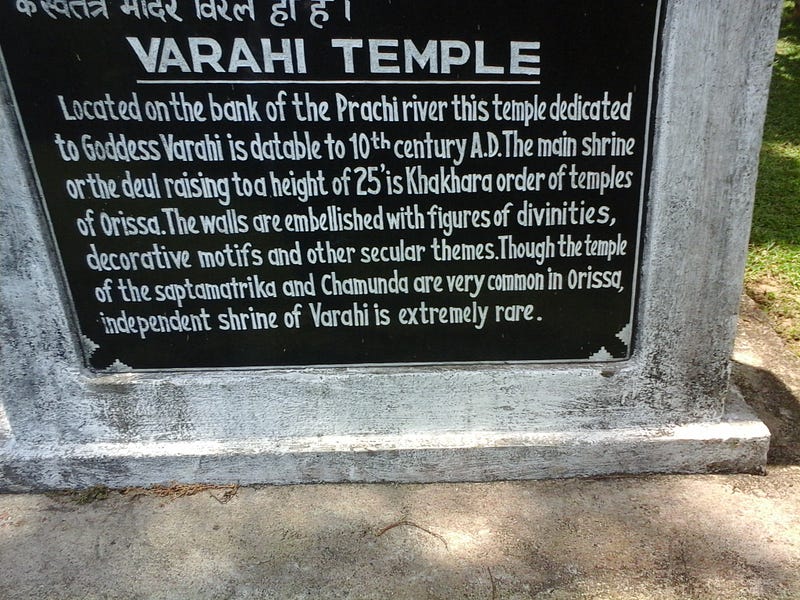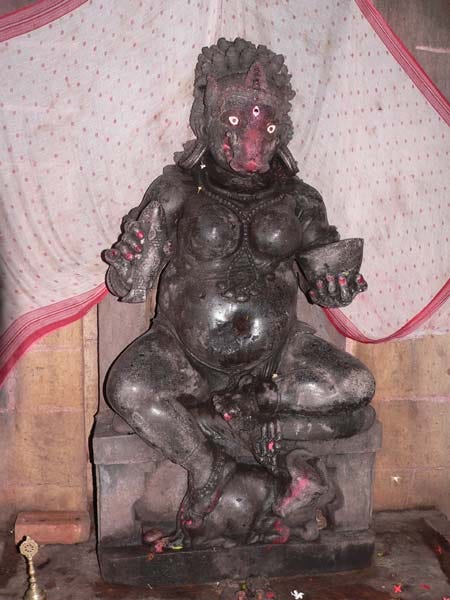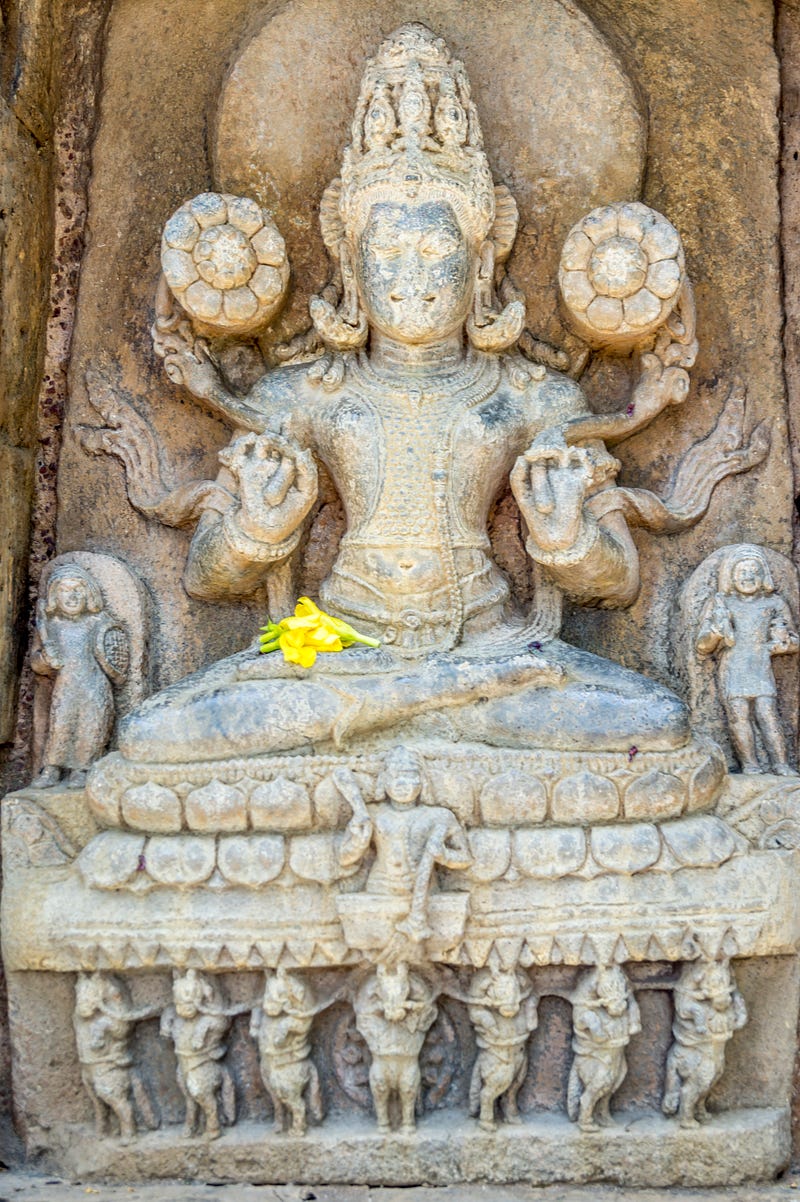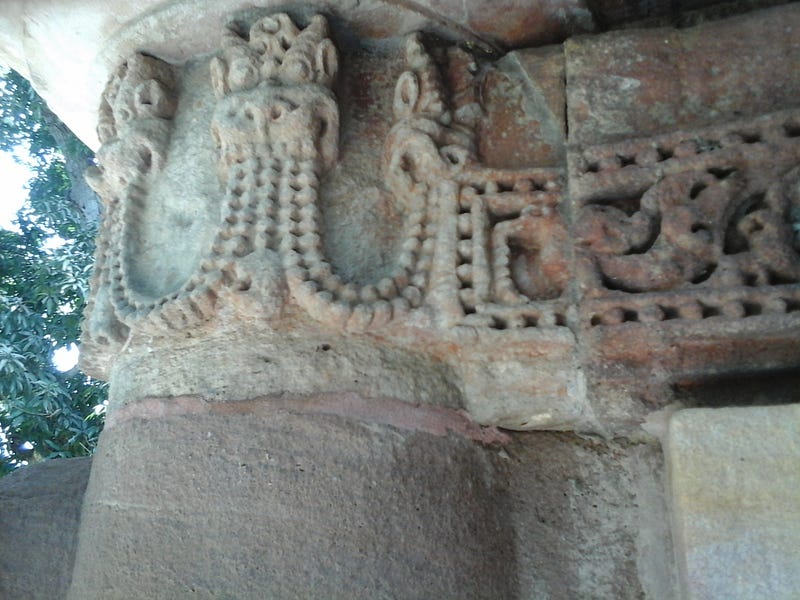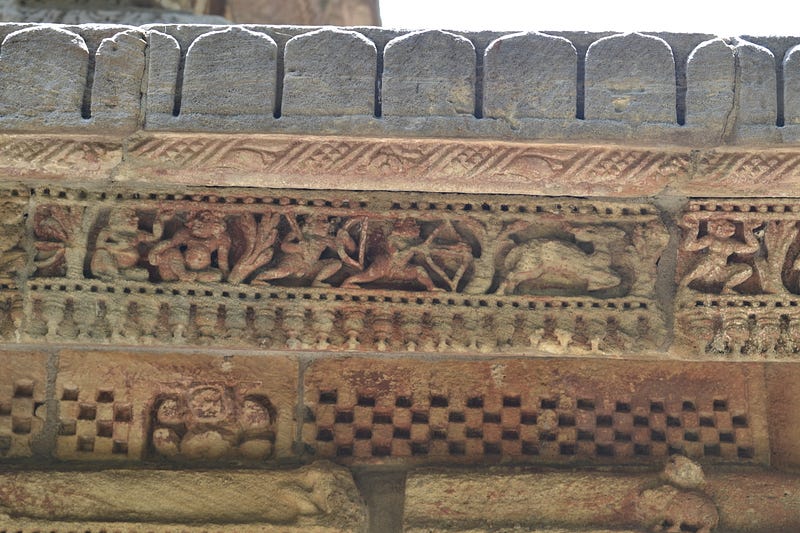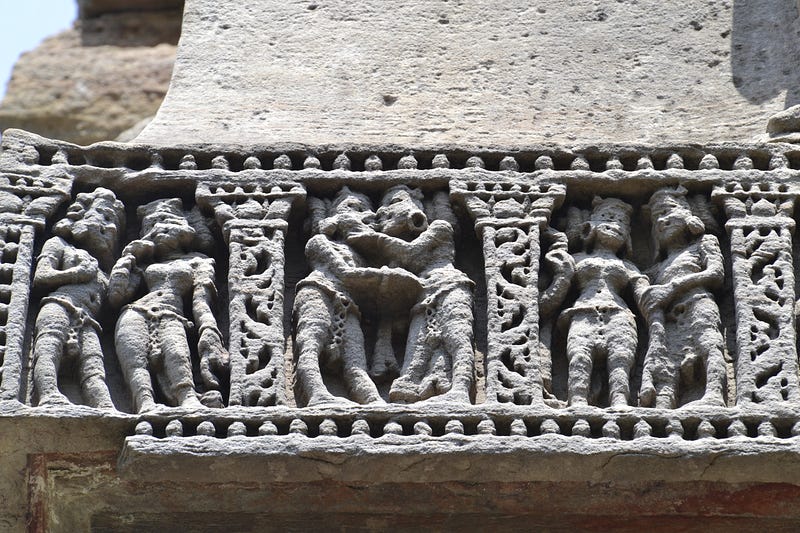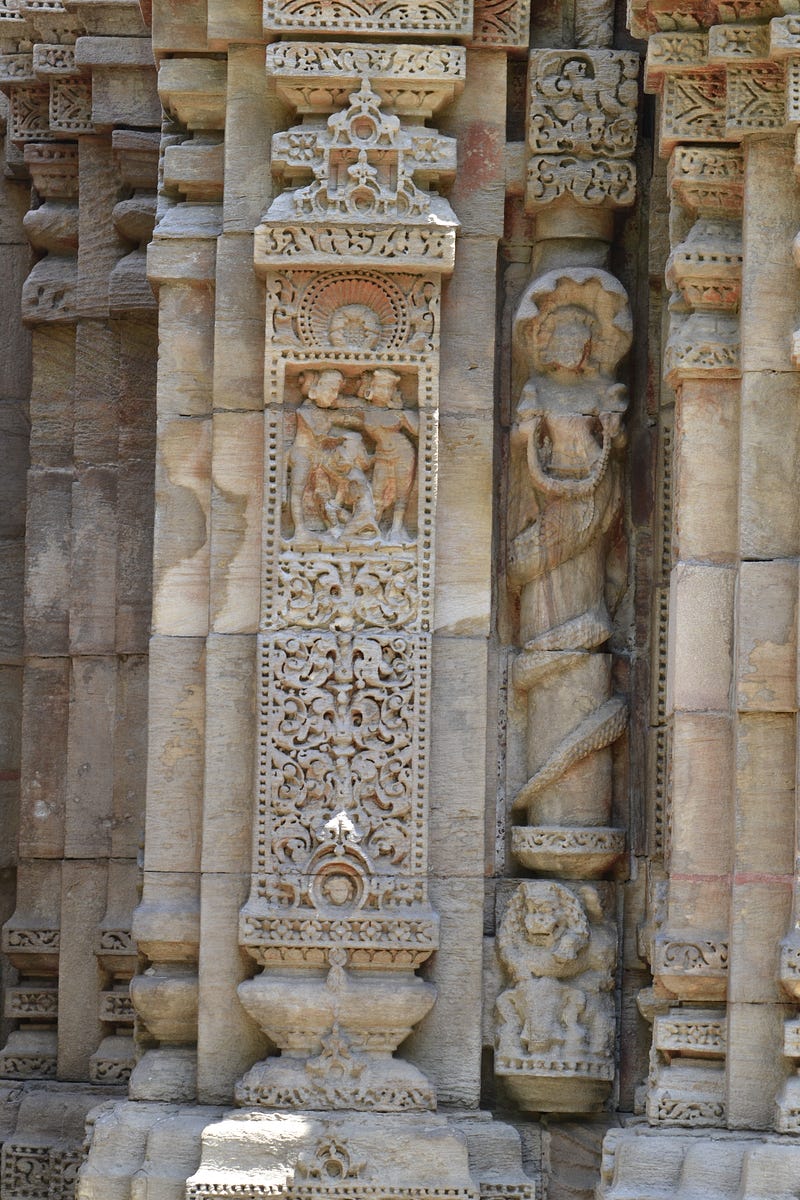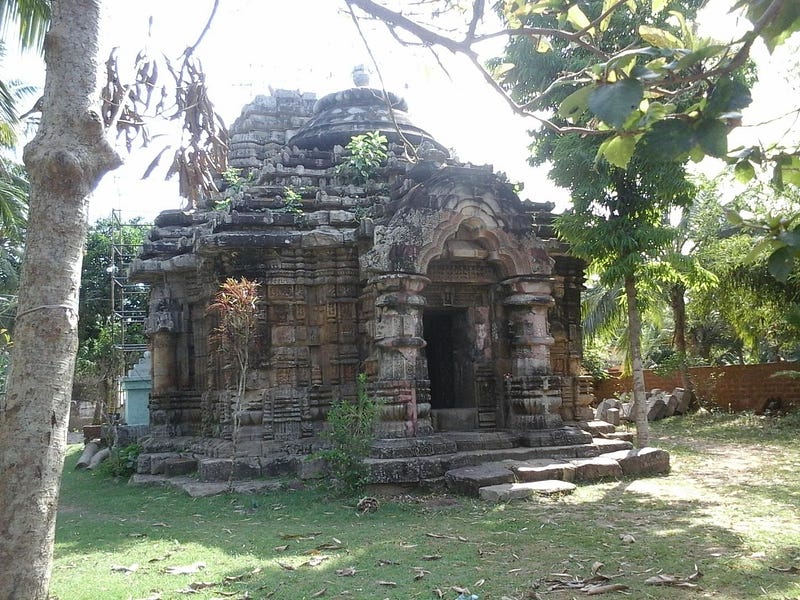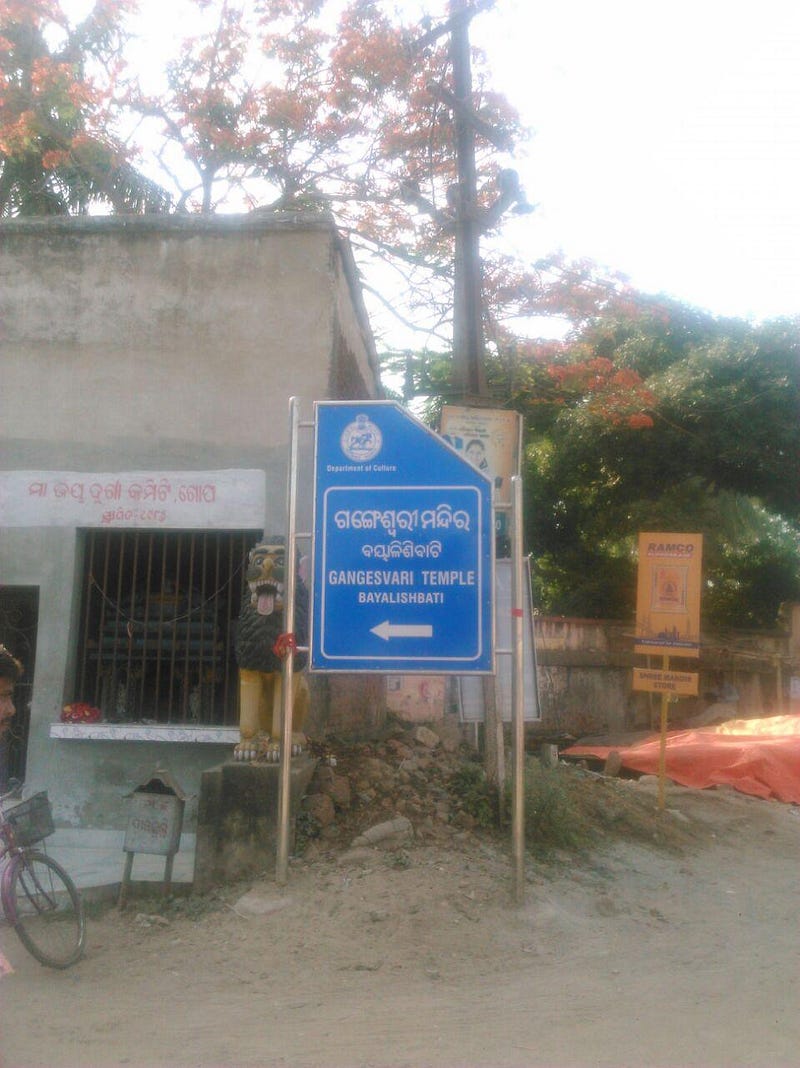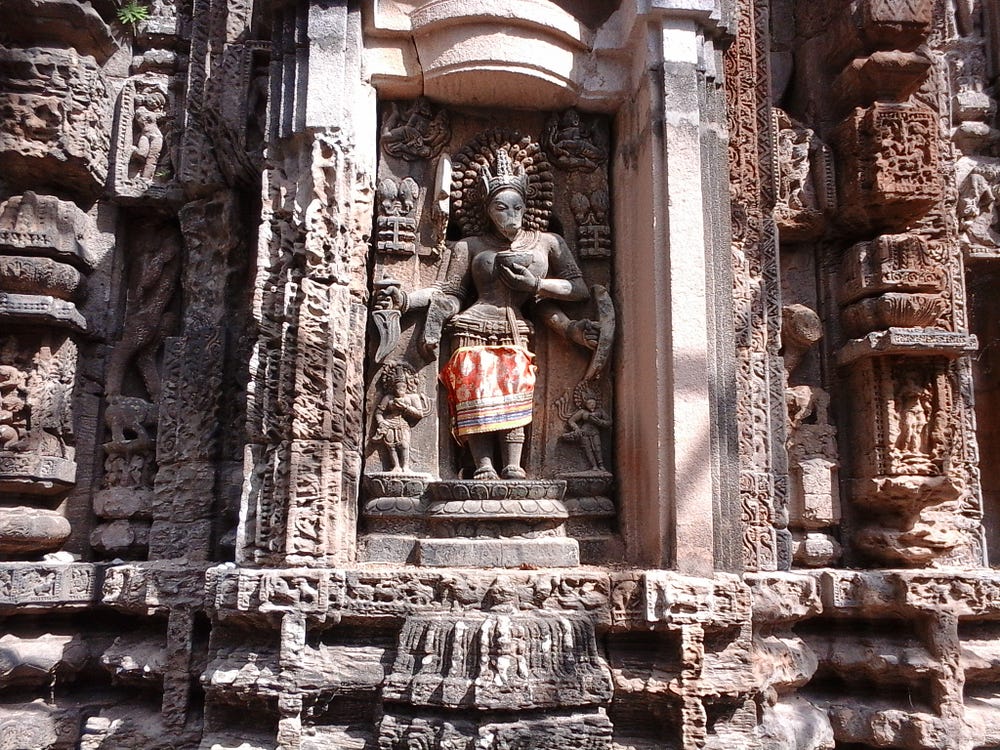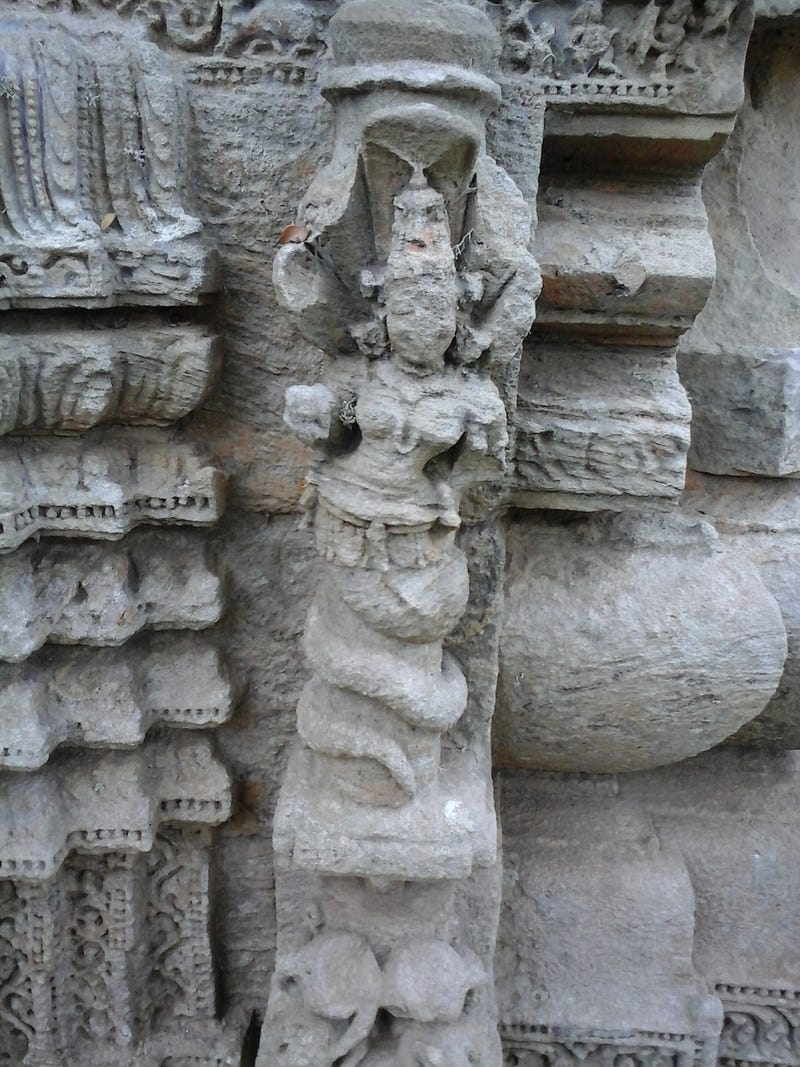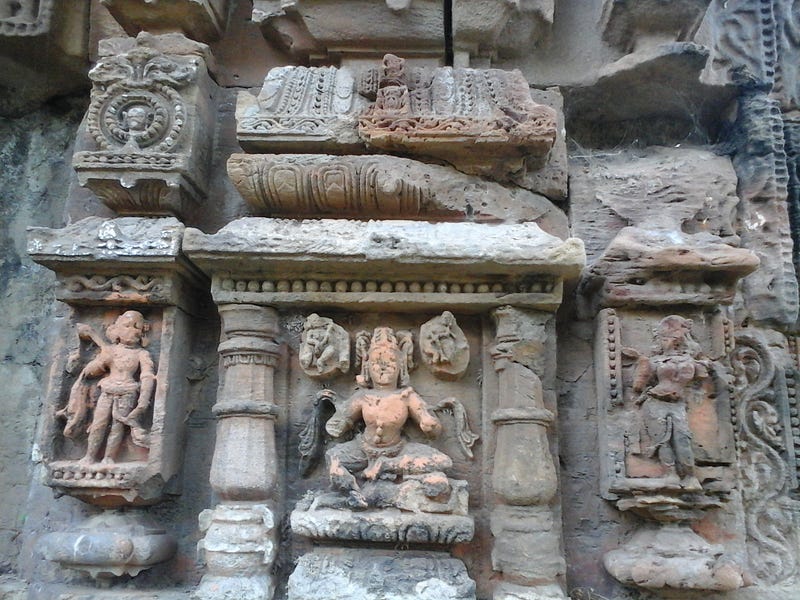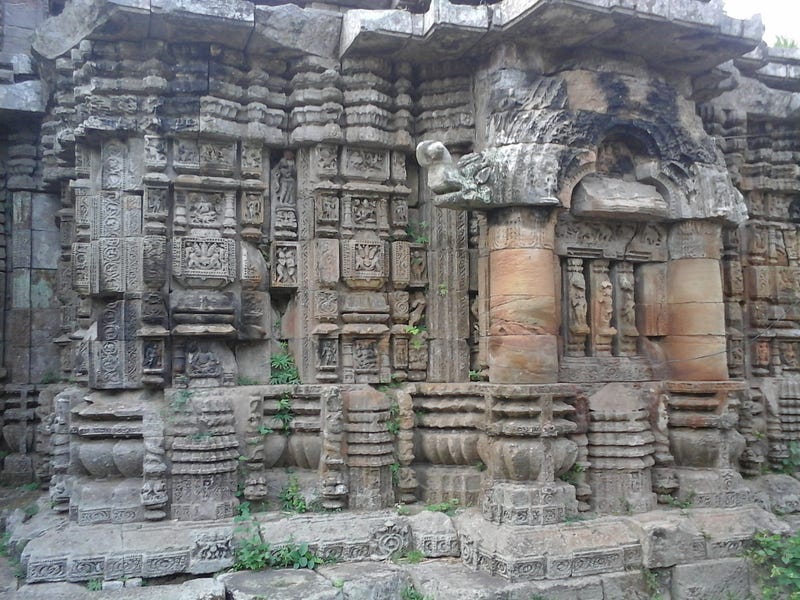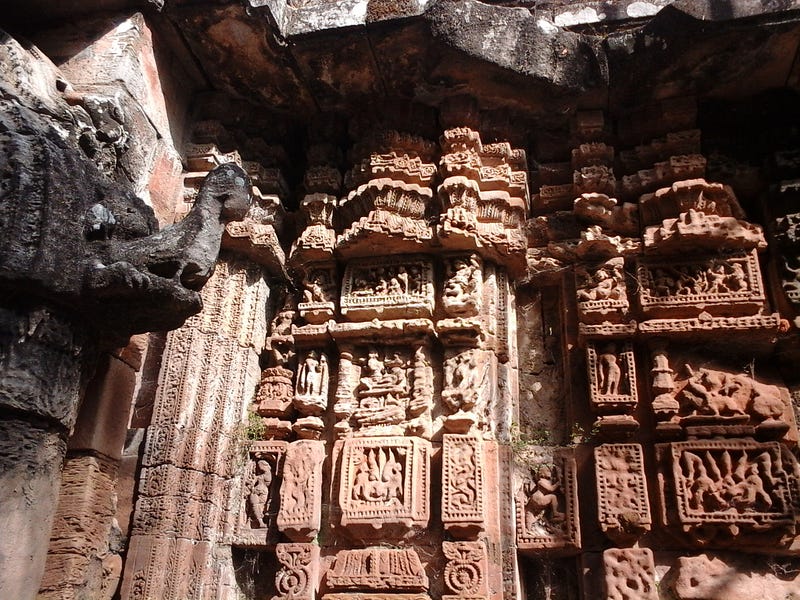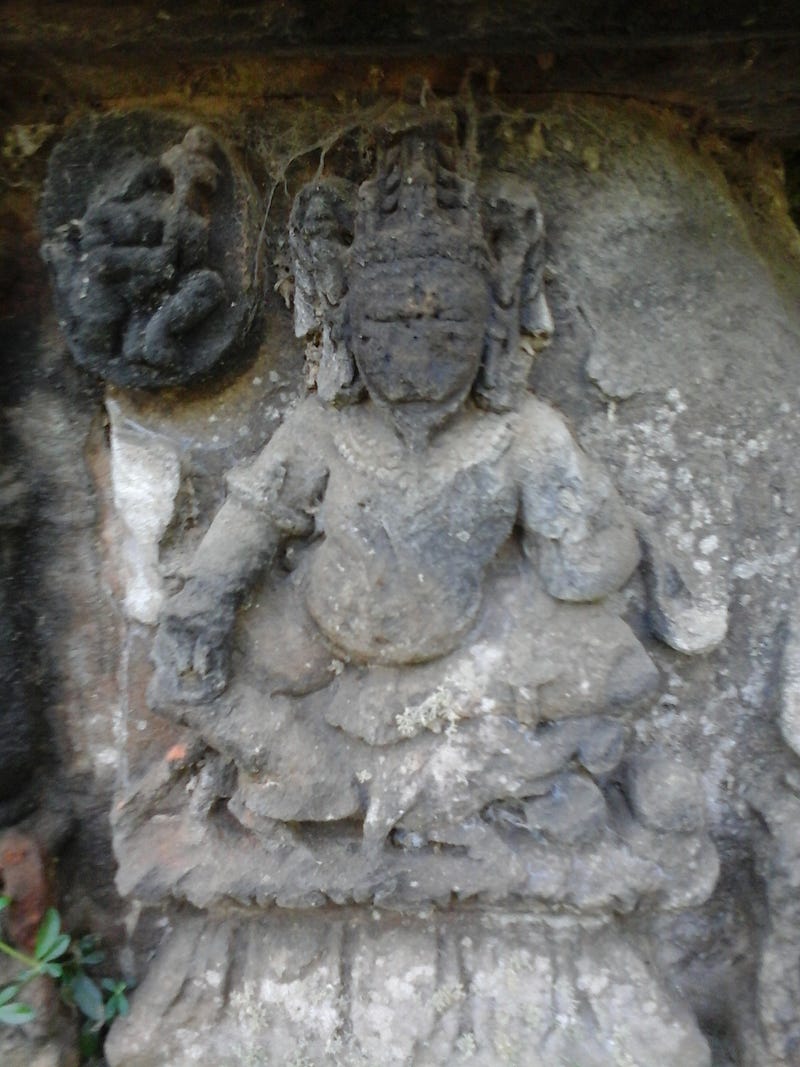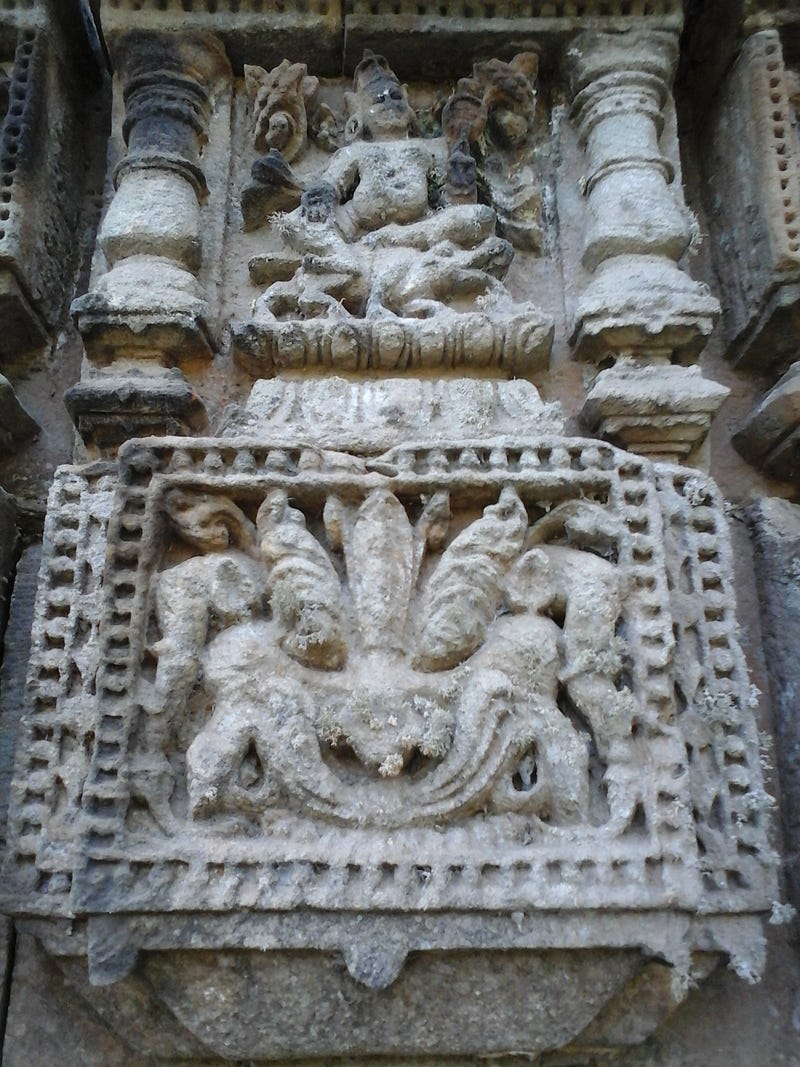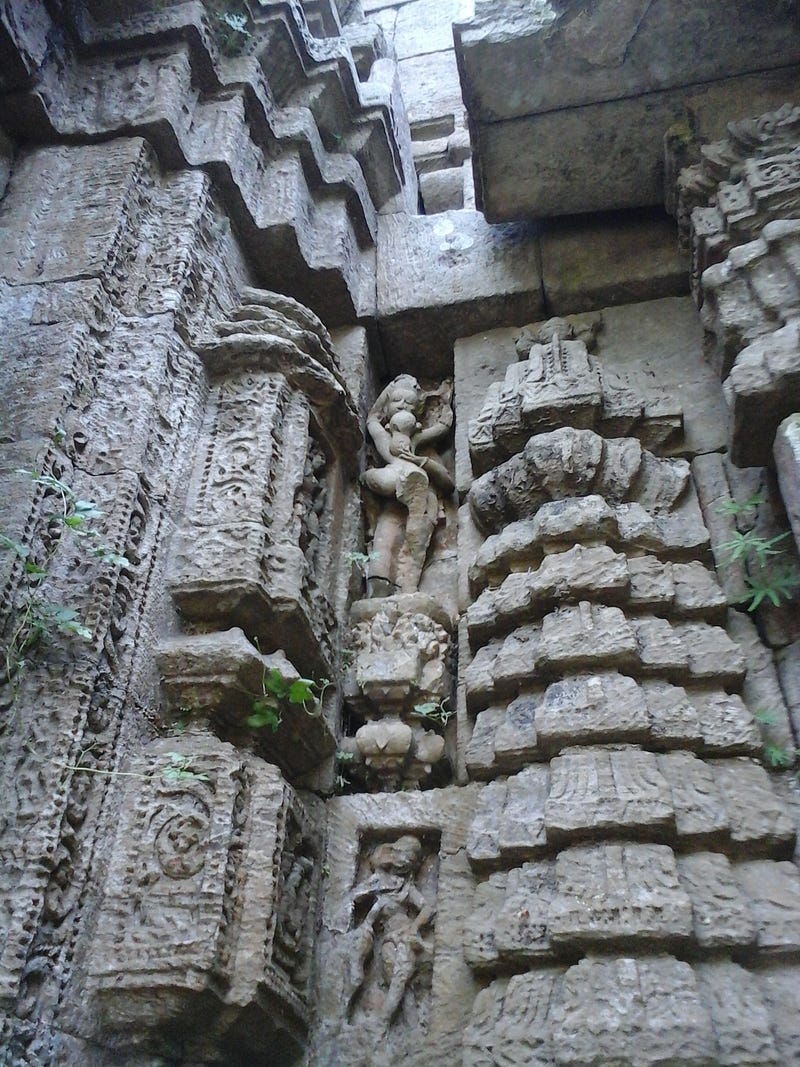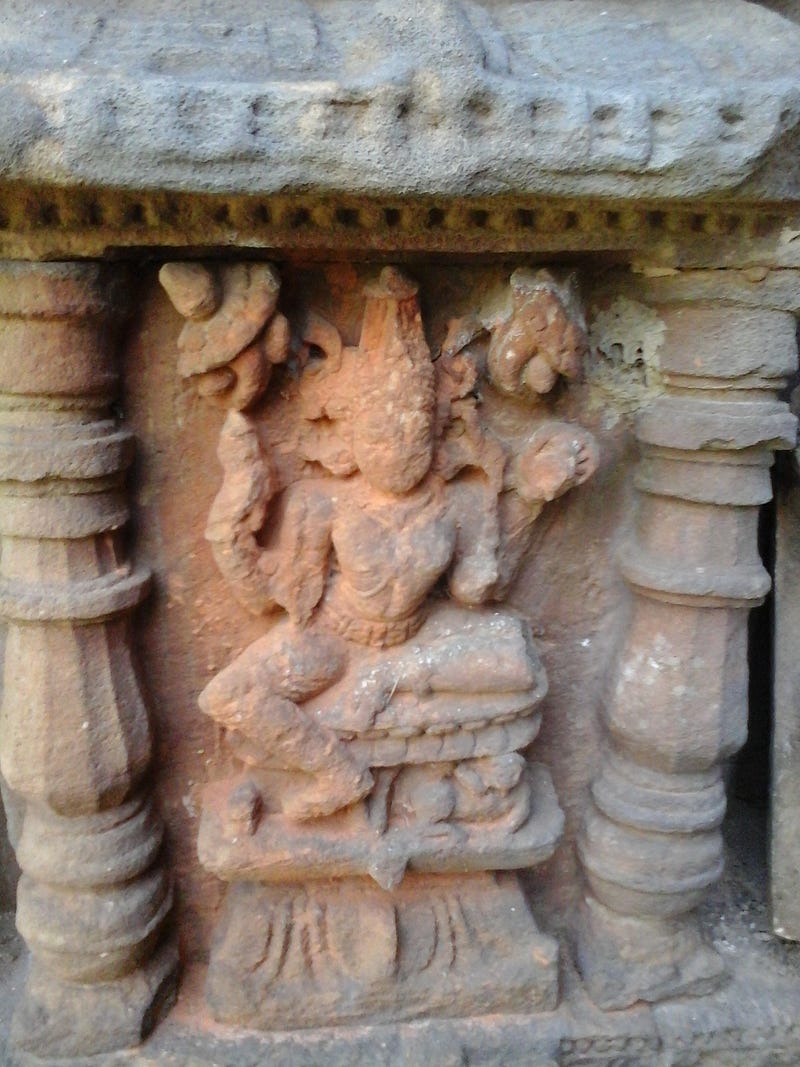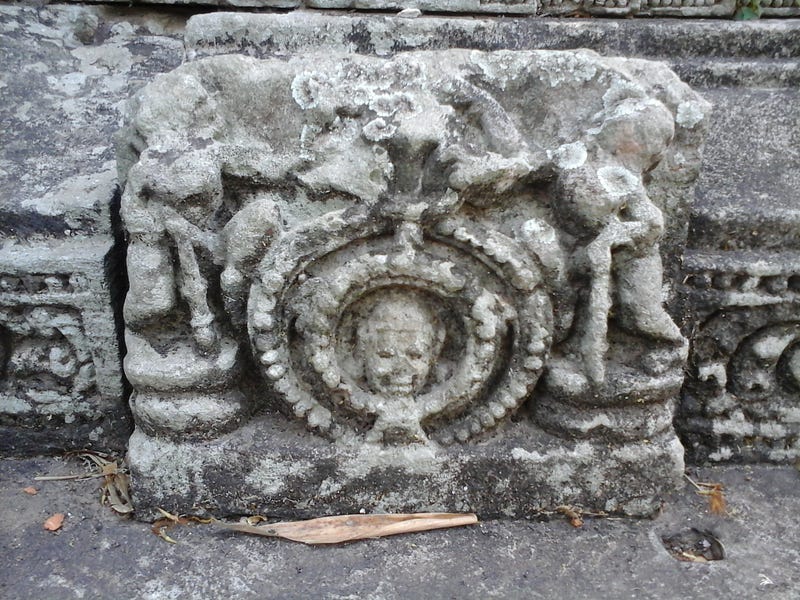18 — — Mahabharat
“18” sounds to be a simple number but if you analyse critically it is very much closely associated with the Epic-Mahabharat. The number “18” has a lot of importance in the Epic-Mahabharat. Here are some points which I get from different sources about the importance of number 18 in Mahabharat.
Mahabharata has 18 Parva.
The Bhagavad Gita has 18 chapters.
The war involves 18Akshauhini armies, 11 of the Kauravas and 7 of the Pandavas.
Each Akshauhini army consisted of 21870 chariot force, 21870 elephant force, 65610horse force and 109350 soldiers where each number sums up to 18.
The war lasts for 18 days
Lord Krishna killed Kansa at the age of 18.
Jarasandha attacked Mathura and the Yadavas 18 times.
Jarasandha attacked them for 18 years.
Sishupala was killed when he was 54 (54 divided by 3 equals 18).
Their are 18 books in the Mahabharata, which are as follows:
Adi Parva, Sabha Parva, Vana Parva, Virata Parva, Udyoga Parva, Bhisma Parva, Drona Parva, Karna Parva, Shalya Parva, Sauptika Parva, Stri Parva, Shanti Parva, Anushasana Parva, Ashwamedhika Parva, Ashramavasika Parva, Mausala Parva, Mahaprasthanika Parva, Svargarohana Parva.
One more Chapter, Harivamsa Parva is added to the Epic as an addendum to the 18 books, and covers those parts of the life of Lord Krishna which is not covered in the 18 parvas of the Mahabharata.
The Bhagavad Gita has 18 chapters.
In chapter 5 verse 13, of Bhagavad Gita, Krishna describes human body as a city with 9 gates(nava dvara pura):two eyes, two ears, two nostrils,one mouth, one anus and one genital. Also we all know that the Mahabharat war was basically a conversation of two groups comprising two persons each, namely Krishna and Arjuna on one side and Sanjay and Dhrutrashtra on other side. So, its again 9x2=18.
In sanskrit often literals are given a value. The sloka that describes the governing rules is given below.
कादिनव टादिनव पादिपञ्चक यद्यश्टक क्ष:शुन्यम्
Meaning:
कादिनव टादिनव पादिपञ्चक यद्यश्टक क्ष:शुन्यम्
Meaning:
- Kaadi Nava Starting from ka, the sequence of 9 letters represent 1,2,..9.
- Similarly Taadi Nava , starting from ta,
- Paadi panchaka (1–5), starting from pa,
- Yadyashtaka(1–8) starting from ya.
- And ksha represents 0.
In detail: - ka(क)-1, kha(ख)-2, ga(ग)-3, gha(घ)-4, gna(ङ)-5, cha(च)-6, cha(छ)-7, ja(ज)-8, jha(झ)-9.
- ta(ट)-1, tha(ठ)-2, da(ड)-3, dha(ढ)-4, ~na(ण)-5, Ta(त)-6, Tha(थ)-7, Da(द)-8, Dha(ध)-9.
- pa(प)-1, pha(फ)-2, ba(ब)-3, bha(भ)-4, ma(म)-5.
- ya(य)-1, ra(र)-2, la(ल)-3, va(व)-4, Sa(श)-5, sha(ष)-6, sa (स)-7, ha(ह)-8.
- kshah(क्ष)-0.
So the value of Jaya as you can see is 81. Mahabharatha is filled with irony. The title is jaya meaning victory but in the end the victor’s side loses everything, their brethren, kids, even their will to rule the kingdom that they won after a huge battle.
This Sanskrit word means victory. But Sanskrit alphabets also denote the numerical digits. ‘Ya’ stands for 1 and ‘Ja’ for 8. But the convention to depict numbers with alphabets is to write them in the reverse order. Thus ‘JAYA’, the other name by which Mahabharata is known, stands for the number 18!
One can also add that the Mahabharata has about 1.8 million or 18 lakh words. You have the number 18 again, though it is only an approximate figure here.
To be contd…….
